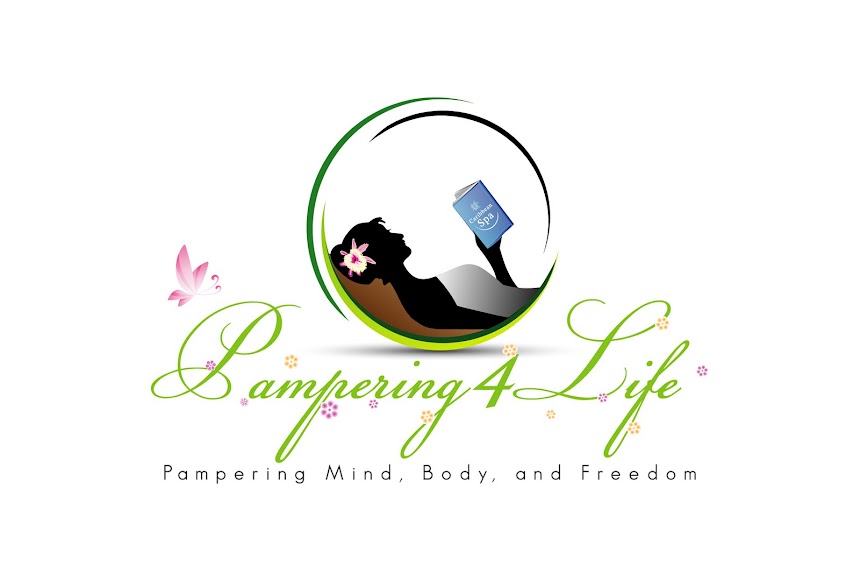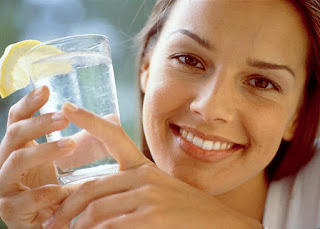Aromatherapy is a type of therapeutic treatment that uses naturally created oils, known as essential oils, as an alternative to or in conjunction with conventional medicine. Essential oils are highly concentrated and can be derived from different parts of a plant. These oils can be absorbed through the skin or the oils' vapors can be inhaled. The odor of certain oils has been found to have both psychological and physiological benefits.
Relaxation
There is some evidence that the use of rose oil in aromatherapy can promote both physical and emotional relaxation. According to the article titled "Relaxing Effect of Rose Oil on Humans" in the February 2009 issue of "Natural Product Communications," rose oil significantly reduces breathing rate and systolic blood pressure. Individuals exposed to rose oil also feel more calm and relaxed as a result.
Improved Mood
Essential oils can be used to combat negative moods such as anxiety and depression. In the January 1995 issue of the "Journal of Advanced Nursing," C. Dunn et al., found the essential oil of lavender to be more effective than rest or massage for improving the moods of patients. The patients in this study also reported feeling more positive and less anxious as a result of aromatherapy with lavender.
Alertness
Unlike lavender, which has a sedative effect, the essential oil of rosemary has a stimulating odor. When inhaled through the nose, the scent goes directly to the brain and can have instant effects. According to the University of Miami School of Medicine, the scent of rosemary decreases alpha brainwaves, which are associated with non-arousal, thereby increasing alertness. Rosemary also increases the quantity, although not the quality, of work.
Relieve Pain
Daily aches and pains or pain that results from injury or illness may be alleviated through aromatherapy. In her article "The Smell of Relief," Jane Buckle states that aromatherapy treatment reduces pain and enhances the effect of painkillers. She explains that soothing scents can effectively reduce tension. Specifically, chamomile and ylang ylang have been shown to relieve pain. Peppermint and eucalyptus can also provide pain relief.
Headache Relief
The pain caused by migraines, a severe type of tension headache, can be relieved by scents that provide pain relief. These scents include peppermint and eucalyptus as well as lavender and sandalwood. According to a 2001 survey conducted by researchers from the University of Exeter in the United Kingdom, aromatherapy was reported to be a recommended treatment for headaches, especially migraines, by many complementary and alternative medicine organizations.
How Does It Work?
With methods such as bathing, massage and poultice, the oils are absorbed directly into the skin. This can be beneficial for soothing physical pain in muscles as well as calming anxiety and easing other negative emotions. Inhalation and infusions can have a positive effect on respiratory problems such as asthma and bronchitis. These methods can be very simple as they can be in the form of a joss stick, candle or aromatherapy burner. As these are inhaled, either directly (infusion) or indirectly, using the right oils can promote improved respiratory health.
How to use Aromatherapy?
When massaging, the oils need to be mixed with a base oil. Usually, this base will be grapeseed, almond or coconut oil. Grapeseed is usually preferred as this can be used on most people including children and people with nut allergies. Any products you wish to make yourself should be according to the following scale: Up to a total of 5 drops of oil per 30ml of base.
What are the benefits?
The Benefits can be listed below:
- It reduces muscular aches and pains and increases muscle relaxation and tone.
- For women's problems like PMS or menopausal distress it is particularly helpful.
- Stress level or Blood pressure can be reduced.
- The immune system can be stimulated and infections can be fought with.
- Tension headaches can be relieved.
- Various emotions like anxiety, grief and depression can be alleviated.
- Digestion can be improved. Constipation and abdominal spasm can be decreased.
- The circulation and lymphatic drainage can be enhanced to eliminate cellulite and toxins from the body.
- Some essential oils are good skin care agents.
- The circulation of the scalp can be increased and dandruff can be prevented.
- Aromas can be used as a first aid measure for minor burns and cuts.
- Common problems like sore throat, stuffy or blocked noses can also be modified.
- Lavender Essential oil is a good relief to dry and inflamed skin.
- Tree Essential Oil is good to use for warts, rashes, insect bites, cuts and coughs.
- The discomforts of asthma, arthritis and allergies can be relieved.
- Nausea can be treated using aromas.
- The essential oils like lavender, marjoram and Roman chamomile help in relaxation and anxiety in palliative care.
- Irritable bowel syndrome can be assisted with the help of an oral intake of peppermint oil.
- The essential oils of Ylang ylang and Rosemary affect Alpha-wave activity.
- Linalool is a terpenoid constituent that interacts with cell membranes and suppresses cell action. It is mildly sedative in nature.
- The pulmonary function of children with asthma can be improved with a 20 minute massage routine each day.
- The treatment of acne, athletes foot and onychomycosis nail infections can be done by Tea Tree oil.
- Aromas can be used to facilitate communication, decrease difficult and self-stimulating behavior and provide very meaningful communication.
- Aromatic massage reduces cortisone levels in children having juvenile rheumatoid arthritis.
Should anyone avoid aromatherapy?
- Women in the first trimester of pregnancy as well as people with severe asthma or a history of allergies should avoid all essential oils.
- People with a history of seizures should avoid hyssop oil.
- People with high blood pressure should avoid stimulating essential oils such as rosemary and spike lavender.
- Those with estrogen-dependent tumors (such as breast or ovarian cancer) should not use oils with estrogen-like compounds such as fennel, aniseed, sage, and clary-sage.
- Caution should be exercised when considering use of aromatherapy in cancer patients receiving chemotherapy.
Finally, something that must be cleared is that aromatherapy is an alternative complementary medicine and should not be used as the major treatment, but as an addition to the healing process of the standard medical care. Contact our offices today for your aromatherapy sessions dedicated towards your better health.








